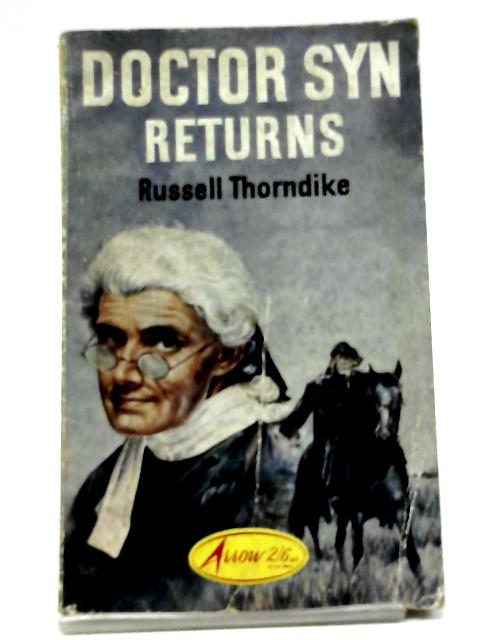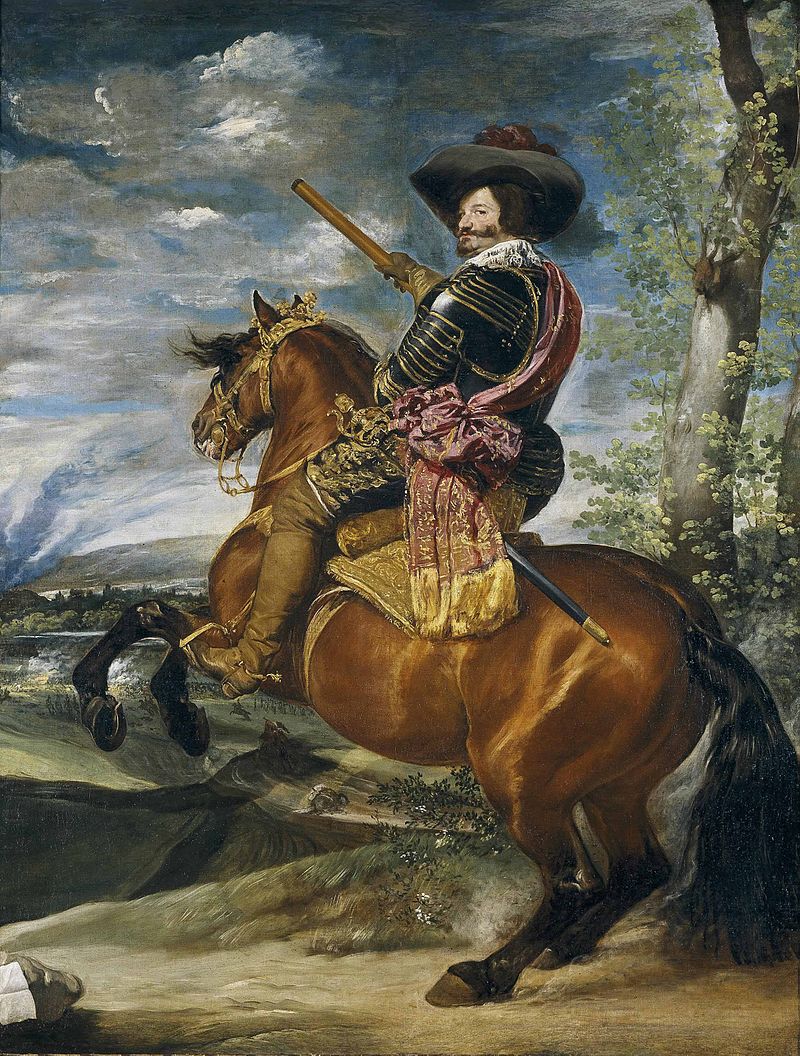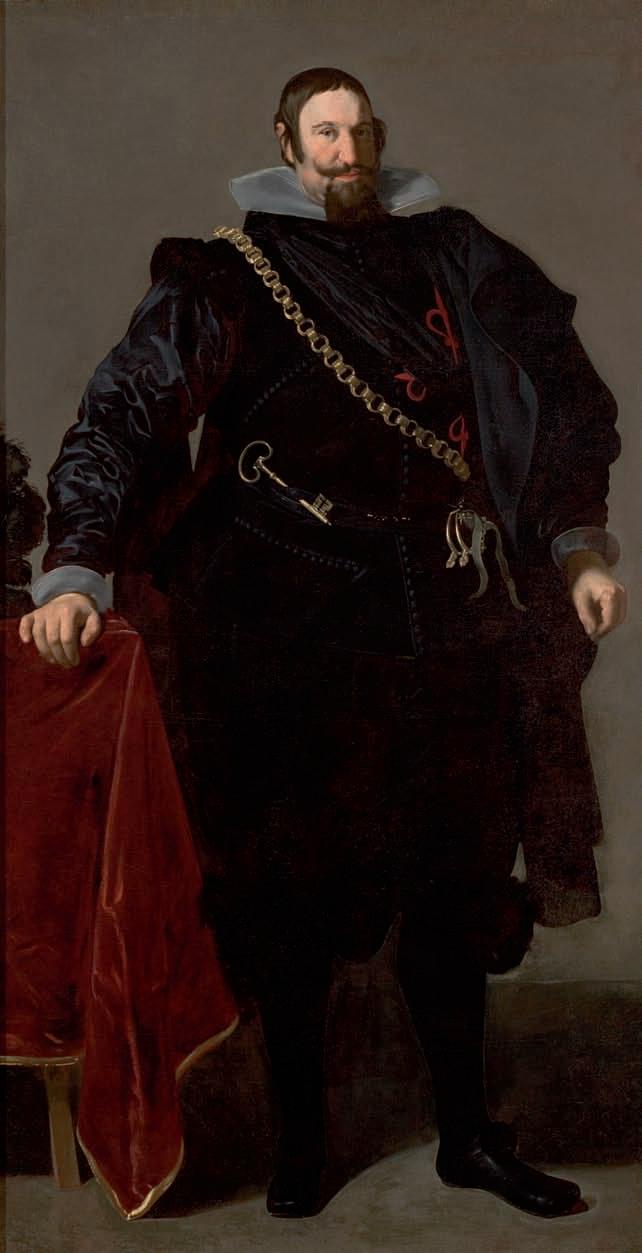Punth: where the scribes records details of the latest five-year plan on clay tablets beneath the eyes of watchful green four-armed aristo-commisars!
An ongoing topic here has been Punth and the Qryth. A desert land, split by rivers, ruled by four-armed folk taller than men - who take the tongues of people for their own.
As other
posts have explained, Punth operates rather like
Ascia in Wolfe's
Book of the New Sun. Language is purely the product of the Codes - as written long ago by the alien Qryth. A Punthite can only communicate in extracts from the Codes.
If this is to be made into something usable, some of those Codes need to be available for use on the tabletop. Whilst I do not presume to write anything meticulously complete as the books of propaganda, law and instruction that constitute the Codes, I can at least produce a comprehensive slice of them. I shall attach to these encounter tables for the land of Punth.
[I suppose that first paragraph could be taken to mean that Punth is a satire of leftism or some sort of failiure state of progressivism. That capacity does exist, but that's not really the point. There is something comical about trying to go as quickly as possible from Pharaohs and Pyramids to Soviets and Sputnik (as desirable as that might be), both because of the cargo-cult nature of it and because it seems so unlikely - as if Birmingham were the centre of a Venetian-style mercantile republic; or casting Calgary as the next Singapore.
Seeing like a State (which I have now read!) and the
failure of central planning - if it results from the thought and practice of the left or the right wing - may be the appropriate political text.
That said, the Qryth are meant to have some of the pathos of the shipwrecked - as well as the heroic stature of the Green Martians and the glamour of
Star Trek.]
Before the Tribunal
A trial in Punth is conducted before a tribunal, which will usually include at least one of the Qryth. It takes a lot to come to trial - the pettier, breach-of-the-peace offences can be dealt with by a local headman or Gendarme sergeant by summary beatings* or withholding food. A trial in Punth does not involve a jury, nor does it really involve an advocate or legal adviser (an interpreter or spokesperson may be provided in the case of juveniles or foreigners.) Commercial or property disputes will probably be settled by a decision by the highest ranked local state official - who generally have a judicial role as well.
The trial is held in public at one of the ziggurats-citadels. A designated Official Witness (who is in fact probably working from numerous witness statements) will describe the offence. A few other witnesses may also be called, especially if they were the ones who were involved in the crime.
The accused may speak - though this is often fruitless, except for those who really know the Punth Codes. After all this, the judges will render a verdict.
Therefore, consider the following example trial. Aside from those named below, you may assume the presence of other petitioners, a scribe and sundry guards, Gendarmes, citizens &c.
Chief Judge: Let all who hear, attend.
CJ: When the Sky Princes speak, none else shall speak, for they speak wisdom.
CJ: When the Sky Princes command, none else shall, for theirs is might.
CJ: When the Sky Princes settle, none else shall, for in their gift is peace.
CJ: Let justice direct might. Let all who may attend. Let justice be marked and recorded.
Official Witness: If the people are to be fed, work must be divided between them. Therefore, offices and duties will be given to the just.
OW: All men should live in peace, from which comes plenty.
OW: If there strength at our gates, who shall come against us?
The foolish, the reckless, the malicious.
OW: The foolish will do as the malicious, though justice coupled with might stand against them.
OW: If a man has fallen in the dust, let his neighbour bend to him.
[OW gestures to AP]
Aggrieved Party, with a prominent wound to the head: Who must rise first? The mighty. Who shall be raised up? The just.
Aggrieved Party's Partner: All men should live in peace, from which comes plenty.
APP: When the sun is down, work must cease.
APP: Let each man be seen at his work.
OW: Let no man take more than is needed. May the fruits of the people stay with the people.
OW: The Sky Princes and the Servants of the People will the tend the ways of peace.
OW: Those who do not attend to correct teaching shall leave these places by such means as are best.
Associate Judge 1: May the fruits of the people stay with the people. Where there is harm, let it be seen by the just and amended by the mighty.
[OW proffers a tablet to the tribunal]
OW: That which withers may be replanted.
AP: The blocked channel may be cleared.
AJ1: If a man has fallen to the dust, let his neighbour bend to him.
[CJ gestures to the Accused Man]
CJ: Let all who may attend.
AM: Where there is labour, let there be comfort. Where there is thirst, let there be water. Where there is wind, let there be a shelter.
AM: Offices and duties will be given to the just.
AM: When the Sky Princes command, none else shall, for theirs is might.
CJ: All voices in time will fall silent. But let the just speak last.
[CJ, AJ1 and AJ2 confer]
AJ2: Folly will lead to weakness; weakness to malice. By our efforts, let us suppress all three.
CJ: If two men fall to the dust together, they must bend to one another.
AJ1: Justice and might are offered to all.
AJ1: The Servants of the People will the tend the ways of peace.
AJ2: The spiteful seek to confound their victors
CJ: Where justice and might are in concord, all are in concord.
[The Judges turn to the court]
CJ: Let all who hear, attend.
CJ: To learn peace is to learn wisdom. To the wise will come plenty.
CJ: The Servants of the People will the tend the ways of peace.
CJ: For the People to prosper, many offices must be filled.
CJ: If the roads are clear, if the roof is sound, all will travel in safety and arrive to comfort.
CJ: Let justice direct might. Let all who may attend. Let justice be marked and recorded.
***
A man who occupies a minor office has come to the court. He has been attacked and robbed. The Official Witness describes the incident and recomends a spell on a Workgang. The wounded man is exhibited and accuses his attacker. The wounded man's wife mentions the time of the attack and how she knew the attacker.
A judge asks for details of what was taken or damaged. These are provided.
The accused man defends himself, blaming the wounded man for abusing his position.
The judges confer, and elect to send the accused man to a work gang. This is announced to the court.
***
Shades of the Fallen Tower
The spirits of those sorcerers who ruled Punth before the Qryth still linger in the desert. THe strongest are known to the desert tribes as djinn. Here are several ways in which they might manifest.
1. A spectre in armour, upright but still bearing the marks of their violent demise upon their person. ("Hamlet's father")
2. A man in the imperial finery of the ancient world, with a carefully benevolent expression.
3. A monarch, dressed for a ceremonial hunt. Their most notable feature is a long, well groomed beard (or crown of hair).
4. The head of a lion sits on a stone pedestal, although no blood shows from the neck stump. Bones are littered around it. The lion's head moves, eyes tracking your motions and the jaw moves.
5. In a depression in the dunes, something like vegetable oil bubbles and steams - though the puddle never reduces.
6. Within a small cave, there is an amphora of wine, which is quite fresh to the taste - though unlike any modern vintage. Those who taste will see the spirit of that place.
7. Thirteen large serpents who travel in convoy.
8. Someone is sitting on a rock, in the shade of an old pillar. They turn as you approach, but do not get up. They cannot rise, for the below the waist they are one with the rock.
9. A tall flame, most clearly visible at sunrise and sunset. At night it is gone entirely.
10. A cleft in the ground, where a vast flame burns constantly. Smoke steadily rises up.
11. An eagle with feathers of gold and lapis lazuli. It does not seem to flap its wings much when in flight.
12. As a tiger is to a house cat, this vast thing is to an elephant. Though it does not seem to leave footprints.
13. A floating palanquin with purple curtains. Inside is only a skull, resting crookedly on silk cushions
14. What's a goat doing out here?
15. Something gleams against the sun. When you squint, the planes of a tetrahedron seem to shimmer briefly.
16. A four-armed figure, with the head of a bird. Each hand toys with something that is either a weapon or an ornament.
17. Blue smoke rises from the platform of a chariot. The chariot is being pulled by winged jackals with bronze collars.
18. A tall, pillar of open air, about which the clouds cluster.
19. There is a voice on the wind, if you will only attend to it.
20. You, but prettier, better dressed and better groomed.
*'The people meeting in counsel may judge, but no one is to receive more than a hundred blows.'












